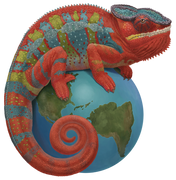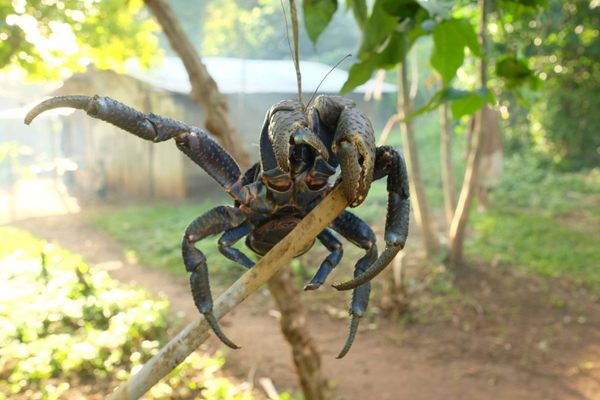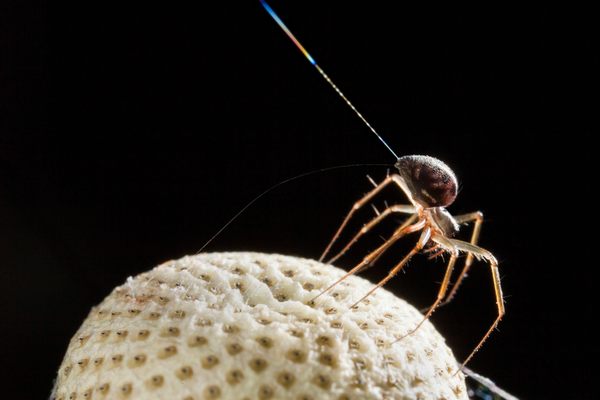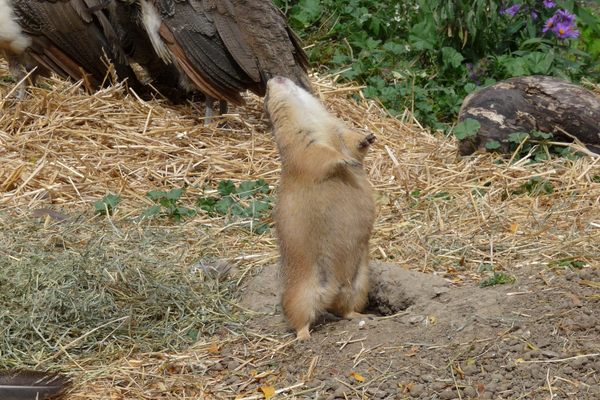How Brazil Protects and Preserves Its Luminous ‘Golden Grass’
In the Cerrado, the Mumbuca community spin capim dourado into hats, baskets, and jewelry.
Each week, Atlas Obscura is providing a new short excerpt from our upcoming book, Wild Life: An Explorer’s Guide to the World’s Living Wonders (September 17, 2024).
Crafts made of capim dourado, whose name is Portuguese for “golden grass,” shine like they’re spun out of a fairy tale. Artisans in the Brazilian Cerrado use capim dourado to weave everything from gleaming hats and baskets to luminous, sun-colored jewelry. Despite its gilded look, capim dourado is a double misnomer: It’s not gold, and it’s not grass either.
“Golden grass” is actually the long stems of a small desert flower known as sempre viva. Lent its flash by the aluminum-rich soil in which it grows, the plant spends much of the year as a small rosette of leaves hunkered close to the ground, hidden under a canopy of taller grasses. But every July—springtime in the Cerrado—the flower stalk shoots up 2 feet (60 cm), blooms, makes seeds, and dries to a high shine in the sun. By September, it’s standing tall among the other grasses, glinting until it catches someone’s eye.
Although it grows all over the Cerrado, capim dourado is perhaps brightest in Jalapão, where the Mumbuca community has been harvesting it for nearly a century. Husbandry of the wild plant involves regular controlled burning, which keeps the crowded grass canopy open so that sunlight can reach the rosette. The plant, which thrives in wet grasslands, does its part by trapping humid air between the folds of its leaves, which improves its chance of survival during a blaze.
This careful relationship between fire, water, plants, and people was nearly undone by the success of capim dourado crafts. When demand for the golden goods skyrocketed in Brazil in the early 2000s, a new wave of harvesters unfamiliar with the environment poured in. At that point, the local communities and government called on scientists to help maintain the balance.
The researchers helped establish timing that allows the plant to complete its life cycle before it donates its stalk to beauty. “When you harvest it and it’s dry, the [rest of the] plant stays on the ground. If not, you’re going to take the plant with you,” says botanist Isabel Belloni Schmidt. A state law issued in 2019 forbids harvesting capim dourado before September 20 each year, giving the plant enough time to mature and fully dry out.
Given an official start date, the Mumbuca community of Jalapão began a new tradition: a festival that ushers in the harvesting season. During the Festa da Colheita do Capim Dourado, people gather for three days of food, conversation, music, and demonstrations, and to be dazzled by the latest ways in which weavers have transformed this beloved material.
Range: Brazilian Cerrado
Species: Capim dourado (Syngonanthus nitens), also known as golden grass
How to see it: This plant grows throughout the Cerrado, but handicrafts made with it are sold in Brazilian cities beyond the grasslands.

THE WILD LIFE OF: A Golden Grass Weaver
Nubia Matos da Silva is a journalism student, a craftswoman, and a member of the Mumbuca, a Quilombo community in Jalapão State Park. Members of the Mumbuca are descended from African people who did not accept the conditions imposed on them after they arrived in Brazil, instead choosing to build their own way of life in the Cerrado. Nubia’s family has been weaving with capim dourado for four generations.
Where does capim dourado grow?
Capim dourado grows in the vereda, a part of the savanna where the grass grows low to the ground and the earth is very wet. It exists just before the gallery forest, an area with larger trees that grow along the river. I have heard of people who tried to grow capim dourado from seeds, but it never worked because it did not produce its golden color. Capim dourado is very mystic, very unique, full of its own identity.
How long has your community been harvesting capim dourado?
There are no records of how long our community has been harvesting capim dourado, since the people here never thought about recording the times and events. But I can say that it is since the time of my great-grandmother Laurina. She was walking through the green field when she noticed something shining, and she thought that she could do something with that shining grass. She picked some of this grass and showed it to her husband. Then she made the first craft ever made with capim dourado—a hat that she gave to her husband to protect him from the sun. It was a very beautiful hat.
What do you make with it?
We can make capim dourado crafts for the kitchen for decorations, charger plates for the table, or fruit bowls. We can also make jewelry like earrings, necklaces, bracelets, and much more. Capim dourado is truly versatile, and we can do a lot with it.
Are there risks of harvesting capim dourado?
If it is harvested before the correct time, its seeds become sterile. That is why we need to emphasize that capim dourado can only be harvested after September 20. This practice is respected by the community.
What value does capim dourado have to your community?
Every time I work with it, when making an object by hand, it takes me back to my grandmother and my aunts, and I think about everything that capim dourado gave to us. Many people walked on this grass thinking nothing of it, but my great-grandmother saw its importance and saw that that grass could give us things that would be inaccessible without it. In our community, capim dourado is one of the main sources of revenue.
Capim dourado does not only have a monetary value, it has a sentimental value and a cultural value. When I weave with capim dourado, I remember my loved ones who are not here anymore, but who have left us something so precious that it makes us remember always all the possibilities nature has to give us.
Wild Life: An Explorer’s Guide to the World’s Living Wonders celebrates hundreds of surprising animals, plants, fungi, microbes, and more, as well as the people around the world who have dedicated their lives to understanding them. Pre-order your copy today!


























Follow us on Twitter to get the latest on the world's hidden wonders.
Like us on Facebook to get the latest on the world's hidden wonders.
Follow us on Twitter Like us on Facebook